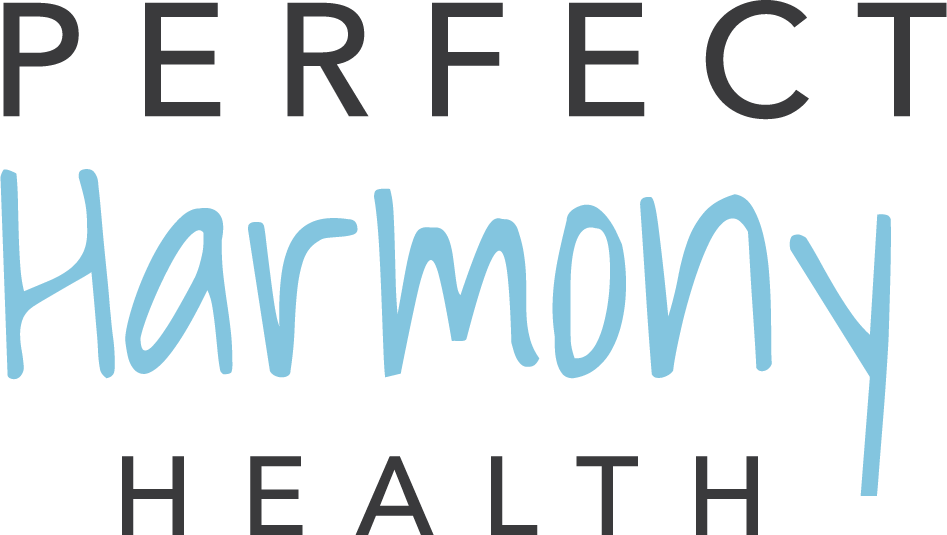Cerebral Palsy and Music
Wear green to support World Cerebral Palsy Day! October 6th is World Cerebral Palsy (CP) Day - a day aimed at bringing together people living with cerebral palsy, their families, and supporters all over the world. To celebrate World CP Day, we wanted to share a little bit about how neurologic music therapy® can be beneficial for those living with CP.
Cerebral Palsy (CP) is the most common physical disability affecting children, and affects 17 million people worldwide into adulthood. CP is caused by abnormal brain development or damage to the developing brain that affects a person's ability to control their muscles (CDC, 2022). CP primarily affects movement and posture, but many people also have secondary cognitive and communication needs. As everyone’s brain is different, cerebral palsy is a very individualized disease, with symptoms ranging in severity and from person to person.
Cerebral = having to do with the brain.
Palsy = weakness or problems with using the muscles
We are fortunate as neurologic music therapists to have a tool that helps rewire the brain and can assist with the development and rehabilitation of cognitive, communication, and motor needs - music!
Rhythm is processed in the cerebellum, which also controls motor movements. Techniques such as Rhythmic Auditory Stimulation (RAS)®, Therapeutic Instrumental Music Performance (TIMP)®, Patterned Sensory Enhancement (PSE)®, and Oral Motor and Respiratory Exercises (OMREX)®, rely on rhythm time out motor movements.
Rhythmic Auditory Stimulation (RAS) “is a neurologic technique used to facilitate the rehabilitation, development, and maintenance of movements that are intrinsically biologically rhythmical” (Thaut, 2014). This primarily refers to gait training and functional gait patterns. In this technique, rhythmic stimulus is used to cue movements for functional, stable, and adaptive gait patterns. This can be helpful for those living with CP whether they are able to walk and require auditory cues for a stable gait, or for those who require equipment to walk and may require an adaptive gait pattern.
Therapeutic Instrumental Music Performance (TIMP) “uses musical instruments to help exercise impaired motor function and regain functional patterns of movement” (Thaut, 2014). This technique can address gross and fine motor control, endurance, range of motion, and many more motor goals. Instruments and placement of instruments are chosen specifically to facilitate or enhance functional movement patterns that a person may use in their everyday lives. The way the instruments are played may vary from the “correct” way to play an instrument. For example, a client with CP may kick a drum placed at a certain height to a musical stimulus to work on range of motion in the legs, appropriate dorsiflexion of the foot, or even endurance of lower extremity movement.
Patterned Sensory Enhancement (PSE) utilizes rhythm to time out motor movements, but also “uses the rhythmic, harmonic, melodic, and dynamic elements of music to provide temporal, spatial, and force cues for movement which reflect functional movements of activities of daily living” (Thaut, 2014). This technique uses musical patterns to support these movements, and also to sequence multi-step motor movements.
Oral Motor and Respiratory Exercises (OMREX) “is a technique for addressing the improvement of articulatory control, respiratory strength, and function of the speech apparatus” (Thaut, 2014). This technique uses vocal exercises and wind instrument playing to address these goals. A person with CP may have difficulty timing out not only their gross and fine motor movements, but their oral motor movements and respiratory muscles as well.
Meet one of our friends who is working on her oral motor skills using OMREX! Therapist, Bridget Harper, LPMT, MT-BC, NMT-F utilizes a fun tune to focus on different vocal ranges with oral motor movements.
While all elements of music may be beneficial for those living with CP, rhythm is one that can be used in a variety of ways to address communication and motor needs. Happy World CP Day!
Sources:
Center for Disease Control and Prevention (CDC)
What is Cerebral Palsy?
Thaut, Michael, Handbook of Neurologic Music Therapy, Oxford University Press, New York, NY, 2014.

